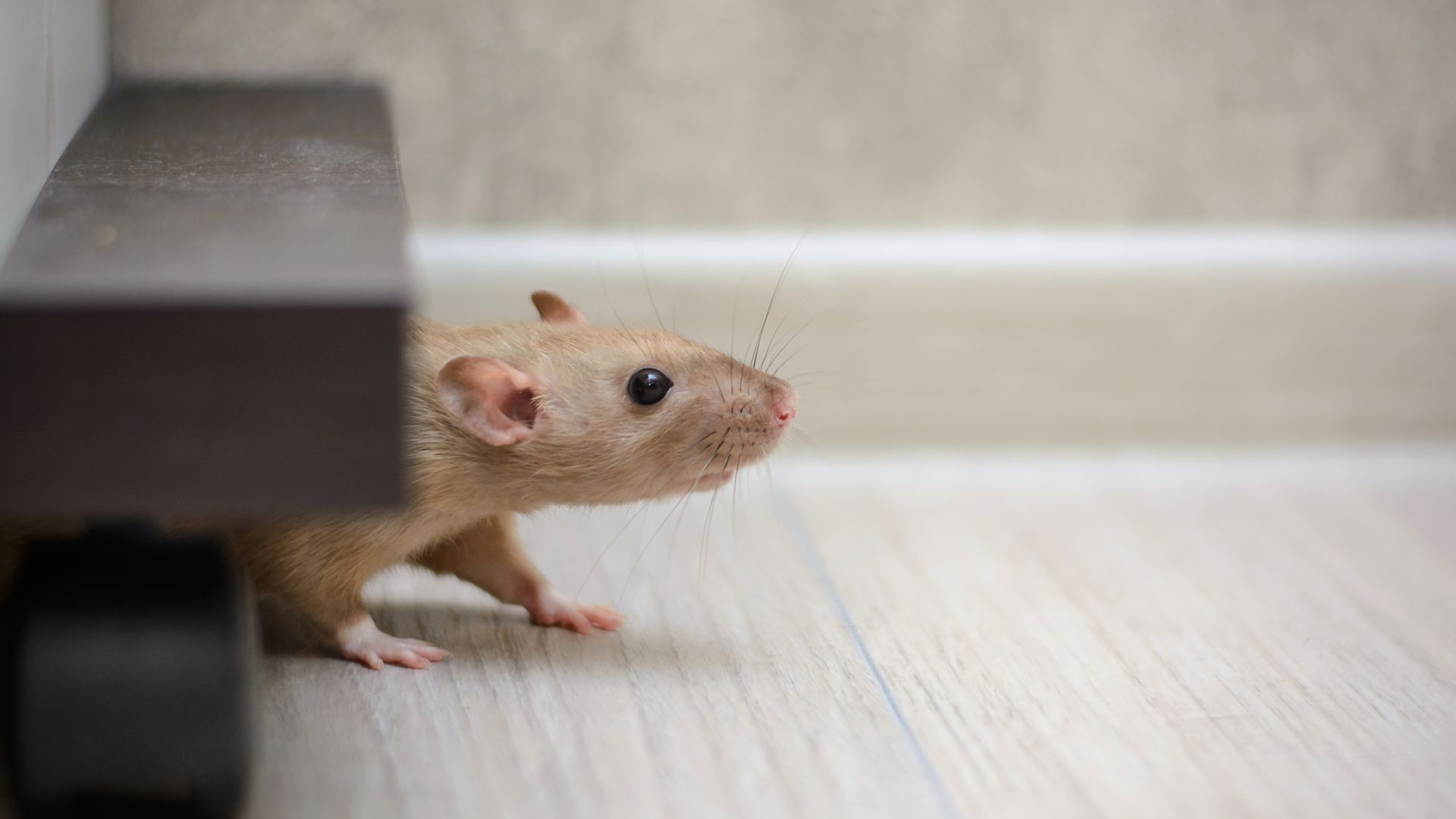Cicadas, particularly during their nymph stage, have a rather simple and specialized diet. What they eat varies depending on the stage of their life cycle. Nymphs primarily feed on the sap of plant roots, while adult cicadas do not eat much and primarily focus on reproducing during their short adult life. This dietary specialization is a key characteristic of the cicada life cycle.
Do Cicadas Eat?
Once cicada nymphs complete their life cycle, they emerge from the ground as winged adults. Adult cicadas have a different diet. They do not eat, or if they do, they consume very little. Their main focus as adults is to reproduce. Cicadas are known for their loud and distinctive mating calls, which are produced by specialized structures called tymbals on the males. While it's not their primary function, adult cicadas may consume small amounts of plant sap or water, but they do not actively hunt for prey or forage for food.
What Cicadas Eat
Cicada nymphs primarily feed on the xylem fluids from plant roots. They use their piercing, straw-like mouthparts, called a rostrum, to tap into the plant's vascular system and extract the nutrient-rich fluids. Cicada nymphs can spend several years, often 13 or 17, underground, depending on the species. During this time, they feed on the sap from various tree and plant roots, which can include deciduous trees, shrubs, and even some herbaceous plants.
How Do Cicadas Eat?
Cicadas have specialized mouthparts that enable them to feed, although the way they eat differs between their nymph and adult stages:
Nymphs (Underground Stage):
- Piercing and Sucking: Cicada nymphs have a unique feeding mechanism. They use a straw-like structure called a rostrum to pierce the roots of plants. The rostrum has two main components: a long, sharp, needle-like structure that pierces plant tissues and a tube for sucking up the plant sap.
- Tapping Xylem: Once the rostrum is inserted into the plant, the cicada nymph taps into the xylem, which is the part of the plant responsible for transporting water and nutrients from the roots to the rest of the plant. By tapping into the xylem, the nymphs feed on the nutrient-rich fluids, primarily consisting of water and sugars.
Adult Cicadas (Aerial Stage):
- Reduced Feeding: Adult cicadas have very limited feeding capabilities. Their mouthparts are not well-suited for feeding on plant material. In fact, most adult cicadas do not actively feed. Instead, they rely on the energy reserves acquired during their nymphal stage to sustain them as adults.
- Occasional Sipping: While adult cicadas are not known for actively consuming food, some individuals may occasionally sip small amounts of plant sap or water. However, this is not a primary activity, and their feeding is minimal.
The primary focus of adult cicadas is mating and reproducing, and they do not rely on eating as a significant part of their life as adults. Nymphs, in contrast, have highly specialized mouthparts to feed on plant roots to support their growth and development during their years spent underground.
Cicada Diet
Cicadas do not prefer specific plants universally, but their choice of host plants can depend on the species. Different cicada species may have preferences for certain types of plants, and these preferences can vary regionally. Here are some factors that influence their plant choices:
- Tree Species: Some cicada species show preferences for certain tree species. For example, the periodical cicadas, like Magicicada species, often prefer hardwood trees, including oaks, maples, and hickories. Other cicada species may favor different tree species or shrubs.
- Geographic Location: The types of plants available can vary depending on the geographic location. Cicadas tend to adapt to the plant species that are prevalent in their specific region.
- Root Characteristics: Cicada nymphs feed on plant roots, and the choice of plant can be influenced by the accessibility and quality of the xylem fluids they can extract. Some plants may have more suitable or accessible root systems for nymphs to feed on.
- Life Cycle: Cicada species with longer life cycles (e.g., 13 or 17 years) may have more generalized feeding habits because they need to find suitable host plants that can sustain them over an extended period.
- Chemical Composition: The chemical composition of the xylem sap from different plant species can vary, and this may influence the choice of host plants for cicada nymphs. Some plants may provide more suitable nutrients or be less chemically defended against herbivory.
While cicadas, in general, do not have strict preferences for specific plants, their choice of host plants can vary depending on their species, geographic location, and local plant availability. Certain cicada species may show preferences for particular tree or shrub species, but these preferences are not absolute and can be influenced by various environmental factors.

